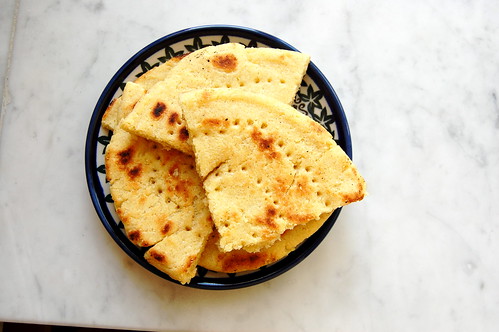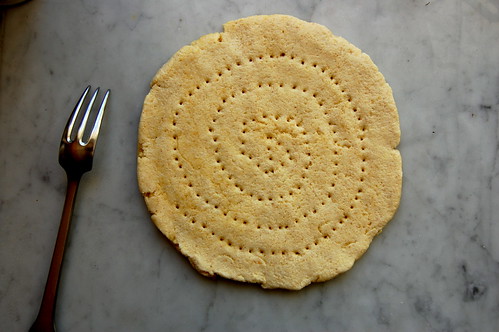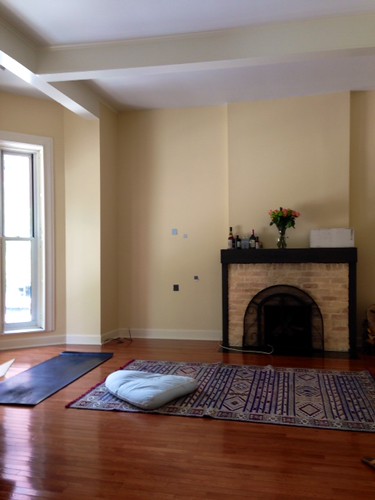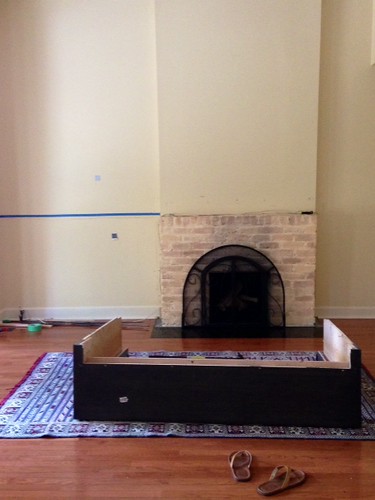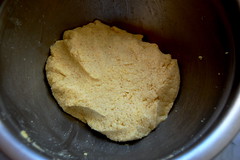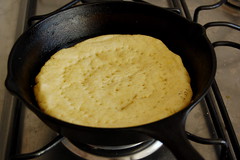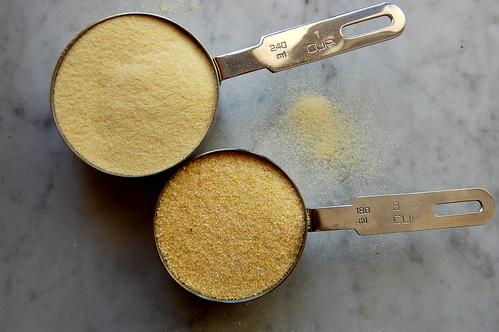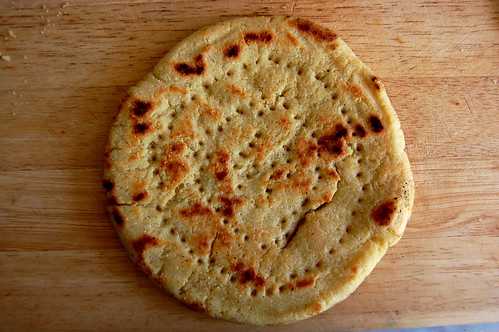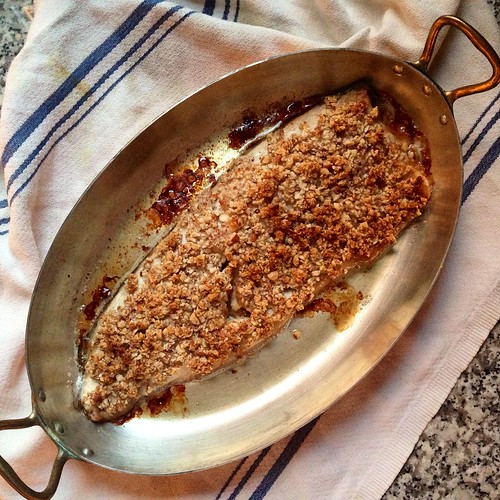
Over two years ago, when we left for Algiers, I set aside a small batch of a our nicer cooking equipment and put it in storage. I figured some of this stuff was good quality, and I wanted to spare it a 4 month trans-Atlantic voyage, and I knew that at some point we'd be coming back to America and might need some kitchen things on hand.
Now granted, this was actually a very good idea since, while we still have no furniture, we have plenty of plates and forks and things. But I would probably be remiss if I didn't mention those plates and forks are my mother's china and silver, and all my pans are copper. Along with an impractically large mandoline, a fish poacher, and hand-blown glass tumblers, let's just say we don't have the most practical of kitchenware.
(Side note on our copper pots: They are all from E. Dehillerin and my mother bought them in France in the SIXTIES people. I few years ago I sent them off to these amazing people in Colorado to have the insides re-tinned, since they had worn away over time. They did an amazing job, they even restored the little Dehillerin labels in the copper, and I love them!)
I've been using the copper pans for everything from roasting fish to searing skirt steaks to great effect. (Given our lack of equipment, meals are pretty simple around here.) One night I reached in the cabinet and chopped up a bunch of almonds to put on top of a fillet of fish I was roasting. I just mixed the chopped almonds with some butter, dabbed over the fish, and baked the whole thing and we haven't stopped talking about it since. If this blog is any testament, I'm not usually one for the "3-Ingredient Recipe" schtick, but this is dead simple and really delicious.
The only stipulation I will make is that you need to chop those almonds by hand. One, I think you get more variation in texture by chopping by hand, the fine bits and the coarse bits. Two, it's the only thing you have to do for this recipe! All you have to do is spend a few minutes chopping and the rest is basically done. Plus, it's a chance to work on your chopping skills. So, what do you readers make when you only have a few basic kitchen implements around?
Almond-Crusted Fish
If you want to get fancy, adding a bit of chopped thyme to the topping, or alternately some chile flakes or other spices, could be fun.
1 heaped cup skin-on whole raw almonds
2 tablespoons butter, room temperature
salt
1 large fillet of whitefish, about 1 lb (or sable fish, lake trout, etc)
lemon wedges
1. Preheat the oven to 425F. Grease a casserole dish with some butter. Place your fish in the pan and sprinkle the top liberally with salt.
2. Chop up the almonds with a large chefs knife. You want to chop the almonds so that some of the almonds are totally pulverized to almost a powder, but you still have quite a few chunks of almond left. The variation in texture is key.
3. Transfer the almonds to a bowl and add the butter and a good pinch of salt. Rub the butter and almonds together until the mixture resembles a crumble topping. Dab the crumble topping all over the fish so that the fish is totally covered in the almond mixture.
4. Transfer to the oven. Bake the fish for 15-18 minutes, or until the almond topping is nicely toasted on top. It's a bit hard to tell if the fish is done since you can't see it, but press gently on the center of the fish, it should be semi-firm. Serve with lemon wedges.

